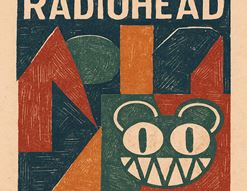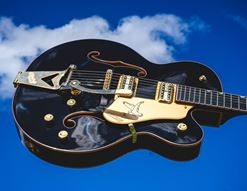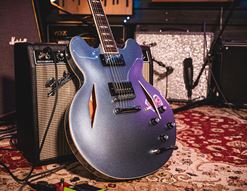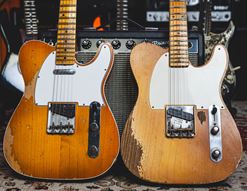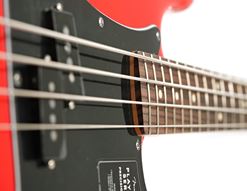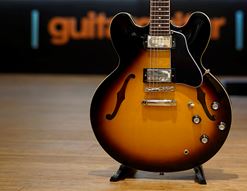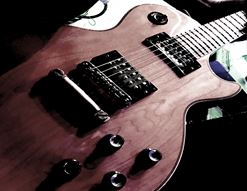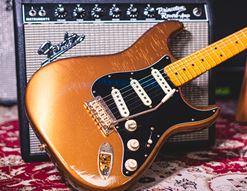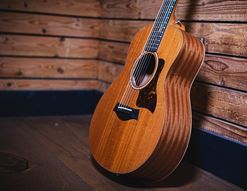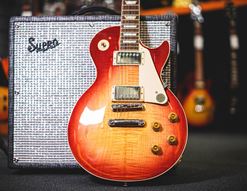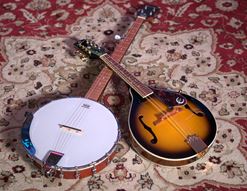What is a boutique pedal? Why do people keep talking about boutique pedals? What makes them different from regular pedals?
Are you looking to learn a little more on this subject? If so, read on because I can shed a little light on this subject for you.

Over the years, I’ve tried, bought and sold more pedals than I may care to remember, so I’ve an understanding of this subject from a shop staff member point of view, a gigging player’s point of view, and a blog writer’s point of view! If these three angles cross together like the streams from the Ghostbusters’ Proton Packs, hopefully we’ll reach a common consensus on the subject, and you’ll finish this article enlightened, filled with knowledge and mad eager to try out loads of pedals!
Contents
- Before Boutique
- What is a Boutique Pedal?
- Are Boutique Pedals Better?
- Do Boutique Pedals Sound Different?
- The Middle Ground
- Some Personal Favourite Boutique Pedals
- Creativity is the Key
- Best Boutique Pedals
Before Boutique
In ye olden days, when guitarists routinely used amp stacks that were taller than they were, pedals were a new gimmick. Guitarists and bassists had one or two rudimentary units at their feet, arranged in a rough chain. These were the days of the Maestro Fuzz, the Vox Wah-wah and the Uni-Vibe. To begin with, these were made by enterprising individuals like Roger Mayer, who travelled with Hendrix on tour and tweaked his pedals on the road to fine-tune them to Jimi’s tastes. Other people started experimenting, such as Mike Matthews, whose ingenious ideas quickly became the famed effects company Electro-Harmonix.

MXR and BOSS changed the game, really. Specialising in compact stompboxes, these two companies created what we now know as the pedal market. Both companies still very much operate to this day (massively so, in fact) and around them has spawned a whole industry of effects pedals.
What is a Boutique Pedal?
So here we are in the present day. We have literally thousands of pedals from hundreds of builders and companies to choose from. Some are affordable, some aren’t. Many look similar to each other and some look entirely unique. So, which ones are the boutique ones? And how can they be told apart?
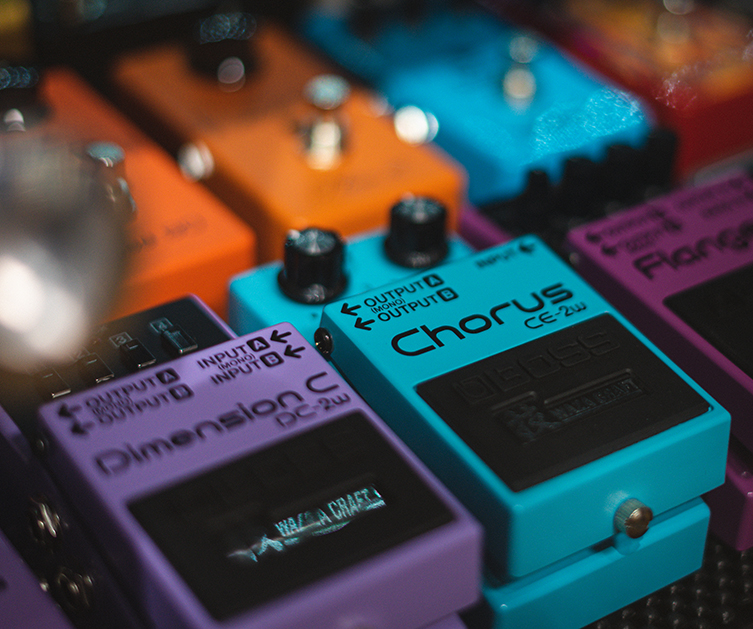
It’s not so easy to tell just by looking, I’ll say that much. I’ll start by saying what boutique guitars are not: they are not BOSS, MXR, Digitech, Mooer, Nux or that type of thing. These are great pedal brands, but they are mass-made lines in permanent production, and are almost entirely put together by machines. Their non-exclusive status and large company origin mean that these types of pedals - which are all still excellent, by the way - cannot really be called ‘boutique’.
So, what is a boutique pedal?

Put simply, a boutique pedal is one that has been designed and built by either a single person or a small team. They are created by hand in small quantities, and are often limited editions that sell out, not to be repeated. They often contain hard-wired circuits (though not strictly always the case) and usually have some level of special graphics or colouring to the casing/chassis.
In a nutshell, that’s it. Those parameters pretty much sum up what a boutique pedal is. That’s obviously quite a general description, but the hat seems to fit the head pretty well. Examples of boutique companies would include ZVEX, Death By Audio, Keeley, JHS and Earthquaker Devices. There are a great many more, but these few hopefully help illustrate the difference.
Are Boutique Pedals Better?
Are boutique pedals ‘better’? I suppose the question would be ‘better than what?’ Comparing a £70 distortion pedal to a £350 distortion pedal is hardly fair at the best of times, and it still always comes down to how suitable the sound is for any given application. For example, if you want a light overdrive sound, then the most expensive fuzz pedal in the world is still going to do a pretty poor job of getting you where you need to be. In this case, an affordable overdrive pedal would be objectively ‘better’ at getting you the tone you’re after than the boutique fuzz pedal.
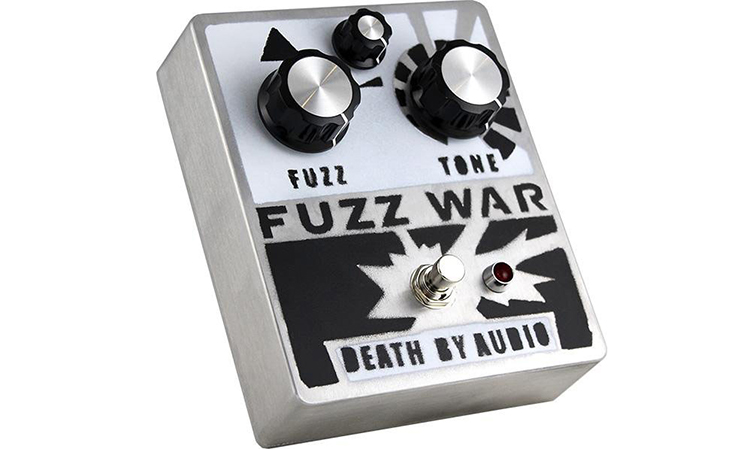
Now, that’s a little pedantic maybe, but you see what I mean. Now, how about comparing like with like? One of the most famous and sought-after boutique pedals is the Klon Centaur overdrive. Its whole MO is to give you an expressive, mild-to-mid overdrive, and people go nuts for it. It sells for thousands of pounds, due mainly to artist association (every top Blues Rock guy has one) and scarcity, which we’ll talk more about soon. You’ll notice that I didn’t mention ‘incredible sound’, because the plain fact of the matter is that the mythical sound of the Klon Centaur has actually been pretty successfully achieved by a number of other pedals (known in the industry as ‘Klones’, har-de-har) that cost comparatively little. From the Electro-Harmonix Soul Food to the Wampler Tumnus, it actually seems pretty easy to get that sound for normal amounts of money.
So what makes them ‘better’, if indeed that is the case? Well, many are hand-made, so the attention to detail and build quality can be seen as higher quality (certainly it’s more expensive to build them this way), and many of them have custom graphics and colours, all of which adds to the cost. There was also a trend for hand-painted pedals too, started mainly by ZVEX (they offered non hand-painted pedals too, at a vastly cheaper price), but that trend seems to have slowed down somewhat in favour of silk-screened graphics.
Another factor is the country of origin. Pedals can come from everywhere, but it’s definitely fair to say that the majority of boutique effects are built in the US. As we know, American-made stuff is always more expensive than pedals made anywhere else, so that adds to the price.
Do Boutique Pedals Sound Different?
It would be easy also to say that boutique pedals offer wilder, crazier sounds but that’s really not the case at all, to be honest. Many boutique effects do sound pretty over-the-top, but then so do loads of BOSS pedals, for example. It’s definitely true that many boutique pedals do offer unique or more extreme sounds (the Walrus Slo comes to mind, as does the ZVEX Fuzz Probe), but that’s relative to those individual effects rather than being indicative of all boutique pedals. I just mentioned the Klon Centaur, for example. Nobody is ever going to describe that pedal as being more crazy, intense or original than other effects. They’ll say loads of other things about it for sure, but nothing about its innovations or subversions.
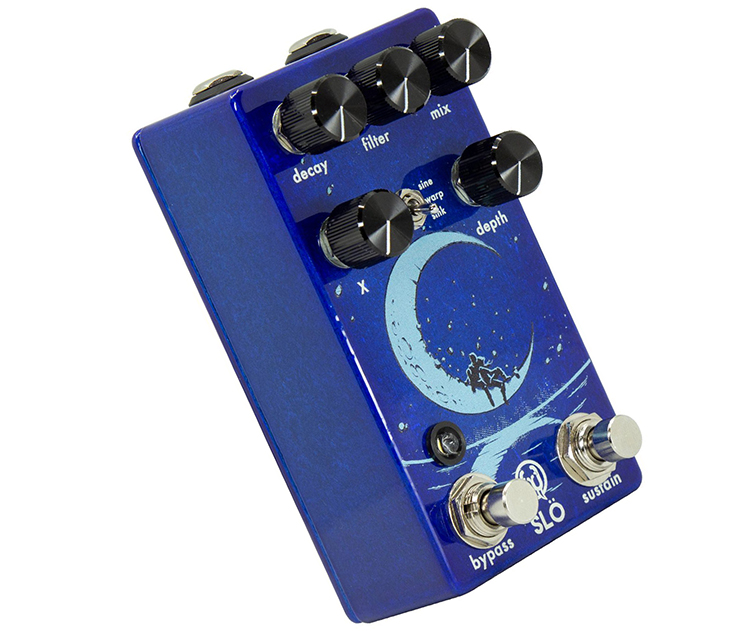
So no, there’s no automatic qualifier that the pedals will sound better, wilder, more original or more obviously anything, really. I’d add that a great many of them use their own original circuit designs for sure, but they are often still based on existing pedals: loads and loads of overdrive and distortion pedals are openly based on the Big Muff, the Rat, the Tube Screamer and the aforementioned Centaur. This is true of other effects as well, and though I’m being somewhat general in my description here, it is surprising to me to find that lots of boutique pedals are actually recreations of regular pedals from the past.
That said, lots of them are loads of innovative, exceptionally fresh pedal sounds out there too (the Earthquaker Devices Rainbow Machine is clearly something that is not your everyday generic stompbox!), and many designs that take from the past but push those circuits forward into edgier territory. One great example of this would be the Old Blood Noise Endeavours BL-44 Reverse pedal, which takes the idea of a reverse delay (where the note repeats are played backwards for a psychedelic sound) and turns it into the entirely fresh concept of actual real-time backwards guitar sounds. As I say, it’s similar to something we know, but we’ve actually never heard this before. So yeah, boutique pedals can be as ‘meat and potatoes’ or as earth-shatteringly original as possible, depending on what you go for.
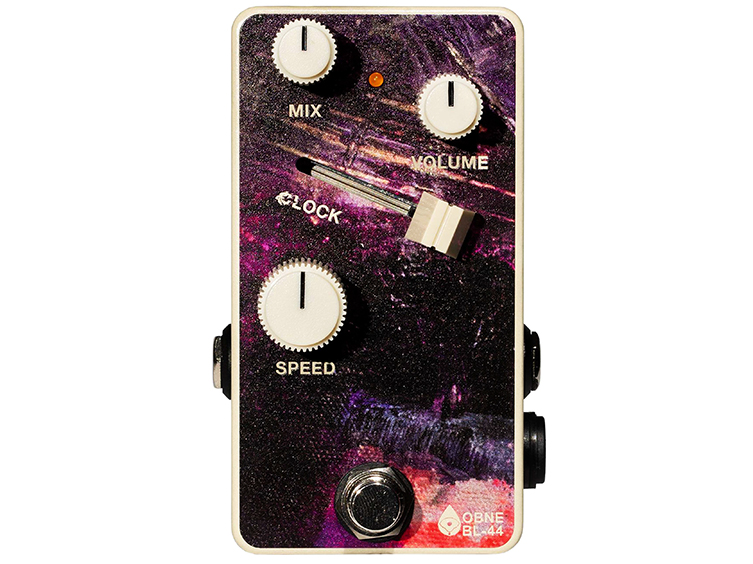
The Middle Ground
But isn’t there a middle ground here? Are there companies who push the boat out and offer original, interesting effects but who are not necessarily building them in their garden shed?
Well, yes! I’d say so, at least, and I can think of three companies that fit this bill.
First off, MXR are one of the original pedal companies, and whilst I’d never describe them as boutique in their own right, they do frequently work with genuinely notable boutique pedal builders such as Paul Cochrane and Analog Man to produce ‘mainstream’ pedals (ie more affordable and easier to get hold of) that are a true collaboration with the boutique world. This is an exciting intersection between the worlds that seems to be a win for everybody.
Way Huge are a hugely innovative company who were, once upon a time, very much a boutique brand. They’ve since been sold to Jim Dunlop and so become more in line with mainstream pedals in terms of their construction and availability. This, however, has not diluted the creative madness that still pours out of Jeorge Tripps’ (Way Huge’s original guy) mind: pedals like the Way Huge Atreides Weirding Module easily bring as much madcap invention to your guitar sound as anything on the boutique market. This is true for at least half of Way Huge’s offerings, actually.
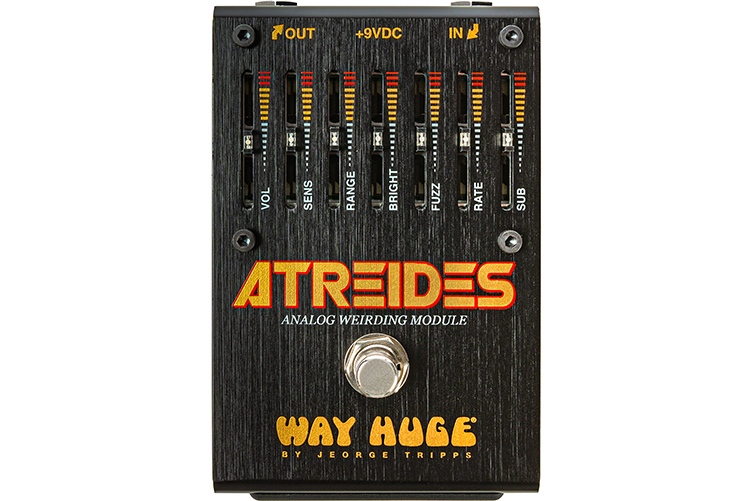
Finally, there’s Strymon. Strymon do not easily fit into my earlier parameters for what dictates ‘boutique’, despite how expensive they are. Strymon have lots of genuinely innovative pedal designs (the company started as a collective of ex-Line 6 staff) and the quality of the sound on offer is exceptional. However, the pedals are machine built in factories, they don’t tend to do limited editions (or indeed use fancy graphics) and the majority of their devices use digital technology, as opposed to a hand-wired analog circuit board.
Now, this doesn’t mean that digital pedals cannot be boutique, but it does mean that, for me at least, a mass marketed digital pedal isn’t a boutique pedal, regardless of the price.
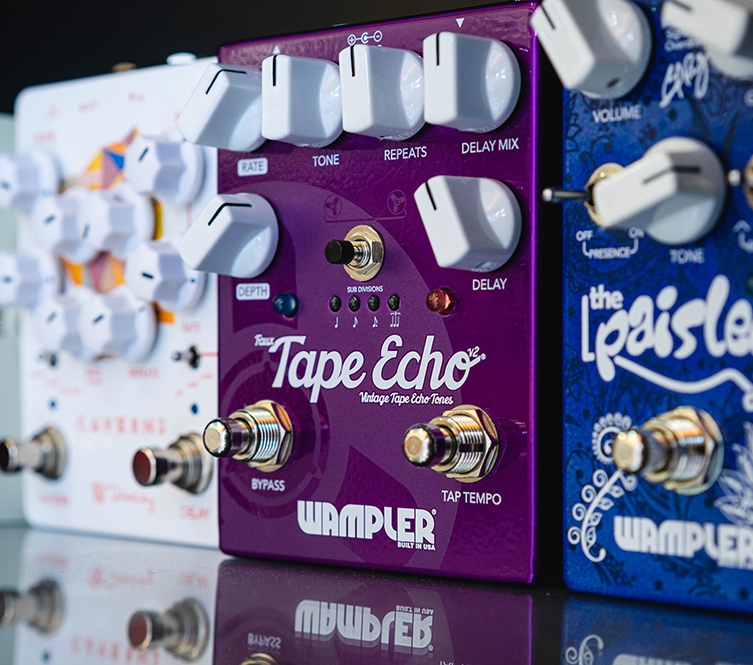
Do I Need Boutique Pedals?
Expanding on what I just said in the last section, something like a Strymon Timeline is not what I would call a boutique pedal, but it is of exceptional quality and so is perfectly at home amidst the finest Klons and Kings of Tone on your pedal board. Most seasoned pros mix and match their pedal choices, including boutique, non-boutique high-end, and regular pedals. I’d recommend the same approach for you, with the caveat that you only even need what you like the sound of and can afford. It’s folly to drop big bucks on a boutique pedal just because it is boutique: your audience neither knows nor cares, so the sound is the only thing that matters, and as I covered earlier, the term ‘boutique’ has nothing to do with the sound. Judge with your ears and buy with your wallet.
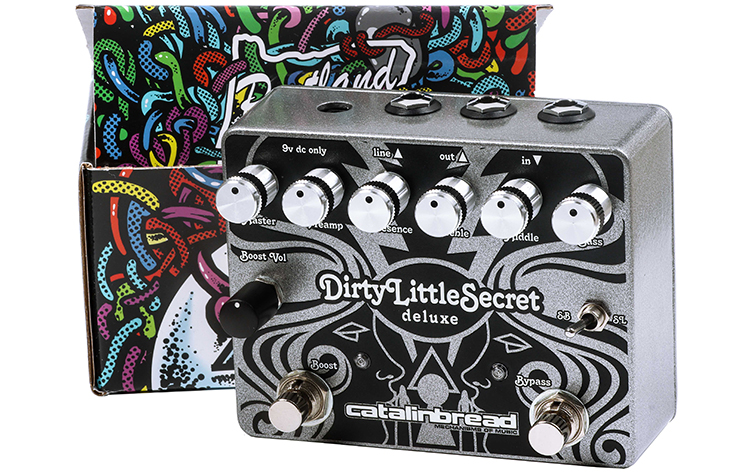
Boutique pedal trade on three main factors: scarcity, exclusivity and collectability. Let me break it down…
- Scarcity: limited numbers (or limited amounts of a certain finish) mean that the demand regularly outstrips the supply, leading to higher costs as fans clamour to own the latest hot new pedal
- Exclusivity: Boutique pedals are not available everywhere, so the stores who carry them hold a certain exclusivity. Also, the circuit designs are most often unique, so those exact sounds will only be found within that particular pedal
- Collectability: Pedals are already inherently collectable anyway (it’s part of the culture to collect and swap) so limited edition colours, graphics, signed pedals etc all add to this part of the culture
Some Personal Favourite Boutique Pedals
Since I’ve been a guitarist, I’ve been into pedals. As a result, I’ve plugged into literally thousands of different units, and this end section will highlight some of my favourite boutique stompboxes. It’s highly subjective, but then at least it’s coming from a place of experience!
Death By Audio Evil Filter Fuzz
Entire blogs could be devoted to boutique fuzz pedals, but I’ll stick to just one today! The Death By Audio Evil Filter Fuzz is a great example of ‘it does what it says in the title’. It’s basically a large, abrasive fuzz with powerful tone-shaping abilities. Not for Santana fans, I’d argue, but for those who like slicing out square swathes of sonic trauma, this one comes highly recommended.
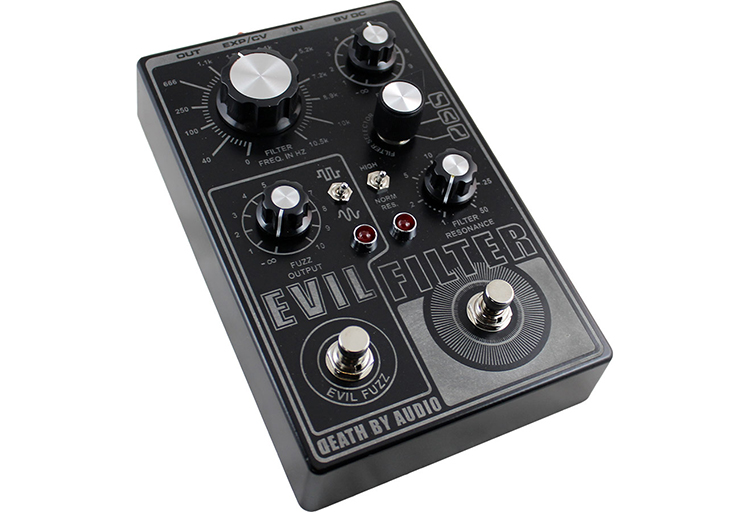
Walrus Audio Polychrome Analog Flanger
Flangers are actually quite chameleonic pedals, and so I’m sure the cool graphic on this one isn’t a coincidence! Good flangers can give you almost Chorus-like lushness as well as jet engine sci-fi sweeps, and I’ve found this Walrus Polychrome flanger to be pretty inspiring. The ‘shape’ switch has a Random setting that is just the ticket for taking the predictability of the flange sweep away, allowing this pedal to add a real life-lorce to your sound.

EarthQuaker Devices Avalanche Run V2 Reverb/Delay
This combined reverb and delay pedal is a great example of a thoroughly boutique pedal that’s digital instead of analogue. The Earthquaker Devices Avalanche Run V2 builds on other ambient pedals by the brand (I’m thinking of their famous Dispatch Master) and adds…more. More modes, more size to the sounds, greater levels of processing that mean more expansive, glacial textures to either keep pristine or ransack with a fuzz pedal. Ah, options…
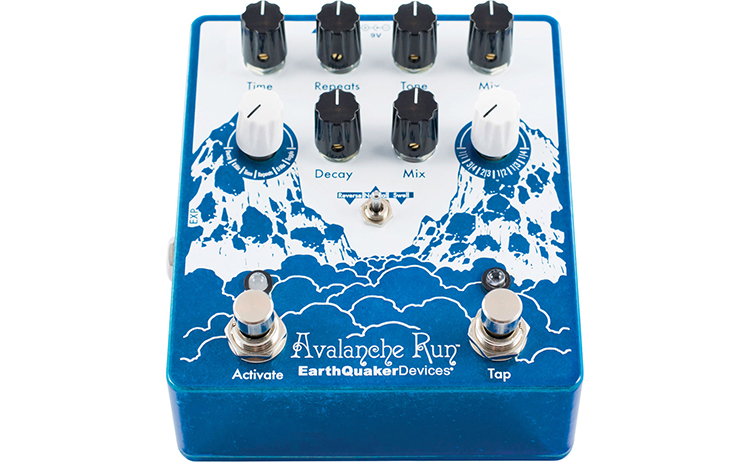
Creativity is the Key
What I’d love you to take away from this blog is twofold. Firstly, I hope you can see that there are some distinct processes and attitudes that set boutique pedals apart from regular effects (including non-boutique pedals that happen to be really expensive), and that they can really contribute to you finding unique voices and textures on your instrument.
The other thing I hope you take away from this blog is that owning a raft of boutique pedals is no guarantee of creativity, nor is a lack of boutique pedals an issue to your playing or writing. They are basically a particular type of paint (or paintbrush, if you want to develop the metaphor) and you can use them in your painting if you fancy doing so. Your painting may well benefit from that, but it won’t be a failure without them, either.
The key, as always, is in your ideas, and the execution of those ideas. But hey, most of these boutique pedals sound amazing and can really kick start some new ideas (and ways of playing) so definitely investigate further!



